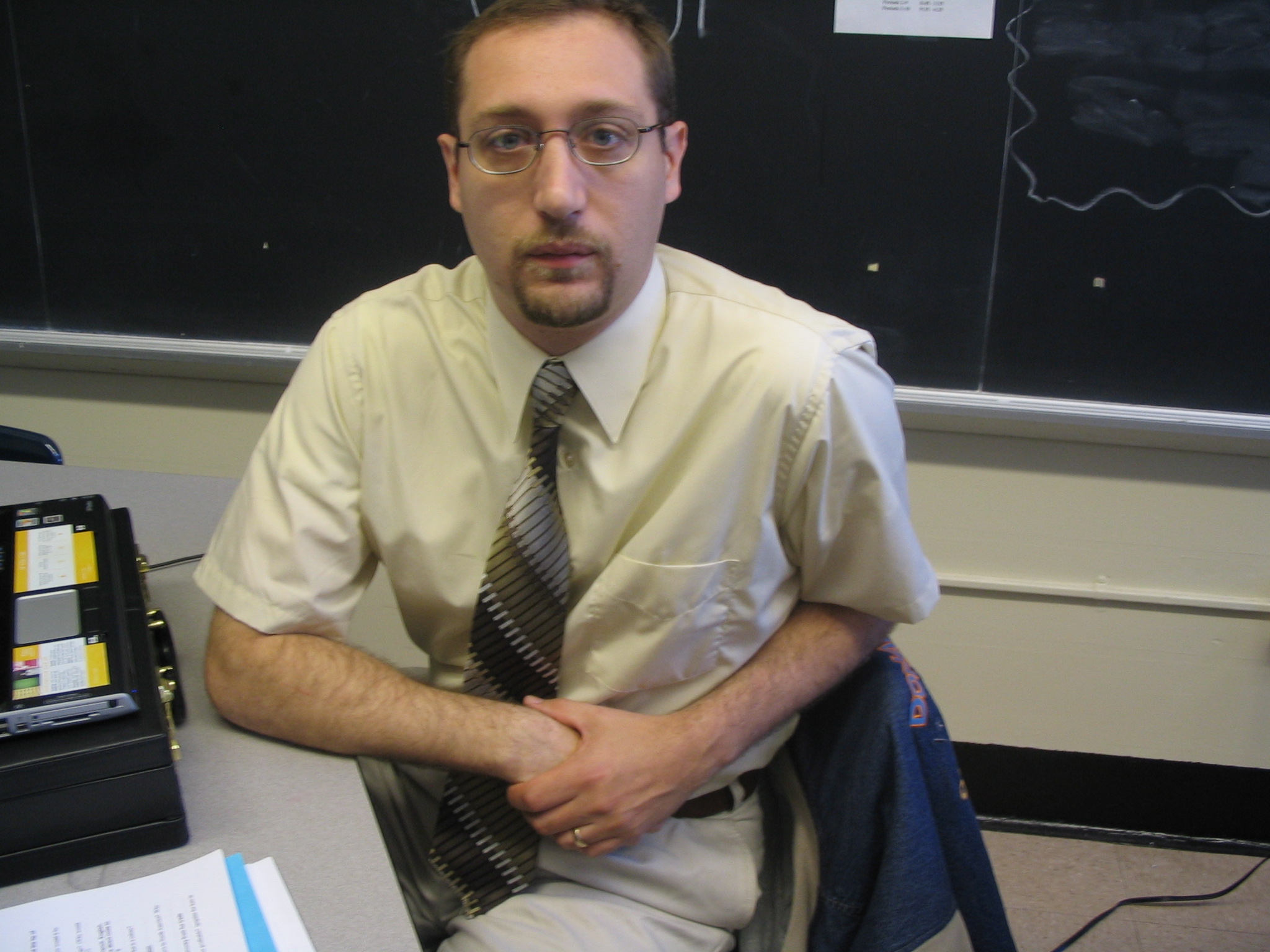Exploring the Renaissance and Reformation
Project URL
http://webquest.org/questgarden/
author/preview.php?
u=25893&l=25893-060522065558&pt
=student&p=introduction
How
it works:
To what extent did the Northern Renaissance and Reformation affect
Europe? To explore this topic, students are randomly divided via computer
into groups of three or four, with a group leader assigned by the
teacher. The leader is the contact person with the teacher on progress,
issues, and organization. The students visit the library and spend
a few days using mobile computers or a computer lab to explore the
web sites provided in the process and take notes for the final presentation.
A ten-minute visual presentation of the project is done via PowerPoint
or other tool that involves something other than lecturing or the
reading of notes. It includes graphs, charts, pictures, and an informational
handout. All participate in the presentation portion of the project.
There is a rubric given to the students so they know exactly what
is expected of them.
Standards addressed:
Students use a variety of intellectual skills to demonstrate their
understanding of major ideas, eras, themes, developments, and turning
points in world history (specifically the Reformation and Northern
Renaissance), and examine the broad sweep of history from a variety
of perspectives. They utilize techology to conduct research, view
authentic documents and artworks, and prepare a presentation for their
peers.
Materials used:
Students utilize computers with Internet access, scanners, PowerPoint
software, and Microsoft Word.
The students:
This project is suitable for Regents and AP students. Students should
understand the basics of Microsoft Word and Internet use.
Overall value:
Students produce meaningful information from their research
to utilize in their presentations, organize the information into a
meaningful narrative, utilize PowerPoint presentations as a visual
aid to their presentations, coordinate with each other to create a
presentation to the class, understand the causes of the Renaissance,
examine specific factors that contributed to the cultural and educational
growth of the Renaissance, and compare European societies before and
after the Northern Renaissance. Students learn how to teach themselves
and others, hence become introspective and intraspective learners.
They have a chance to discover their personal learning strategy(ies)
and strengths.
Tips:
Avoid grouping the overachievers with the just-passing.
Be wary of those who are often absent-- put them in a three-person
group that can function without the fourth person. Have the students
fill out a rubric on the presentation that goes into the group folder,
and have each student maintain a personal portfolio and a group folder.
|

About the teacher:
John Pettorino's interest in teaching social studies was sparked
by an undergraduate history course on World War II. "While the
material was a bit on the dry side, I discovered through research
how interesting the world around me has changed and the impact events
have had that make us who we are today."
He ditched his medical career and pursued his Master's
Degree in Secondary Education at Hofstra University. He currently
teaches at Bayside High School in Queens, New York. His other area
of interest is Middle Eastern history, sparked by his fabulous Iranian
wife.
E-mail:
Mr_pettorino@yahoo.com
Subject Areas:
Social Studies
Technology
Grade Levels:
9-12
|